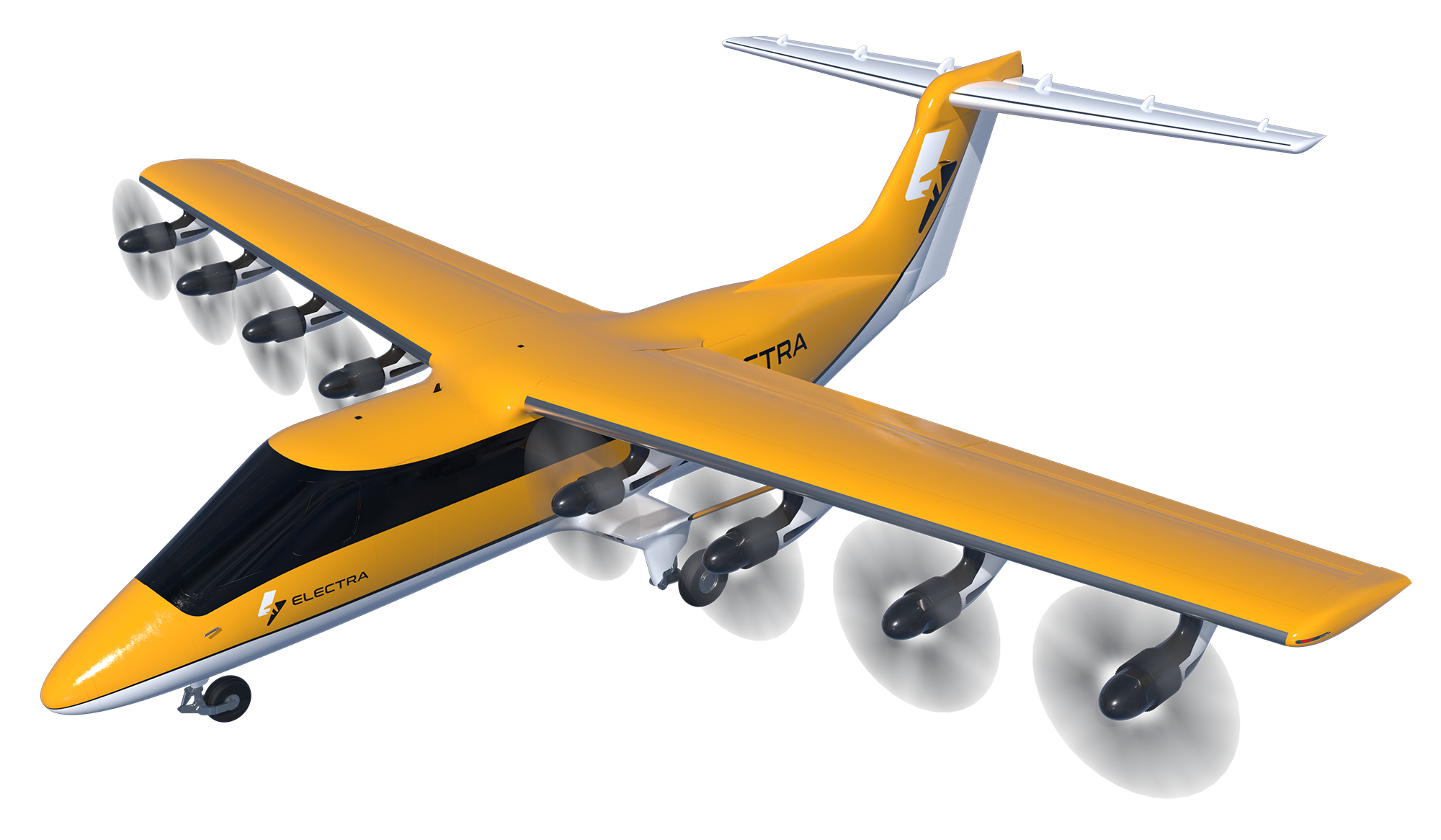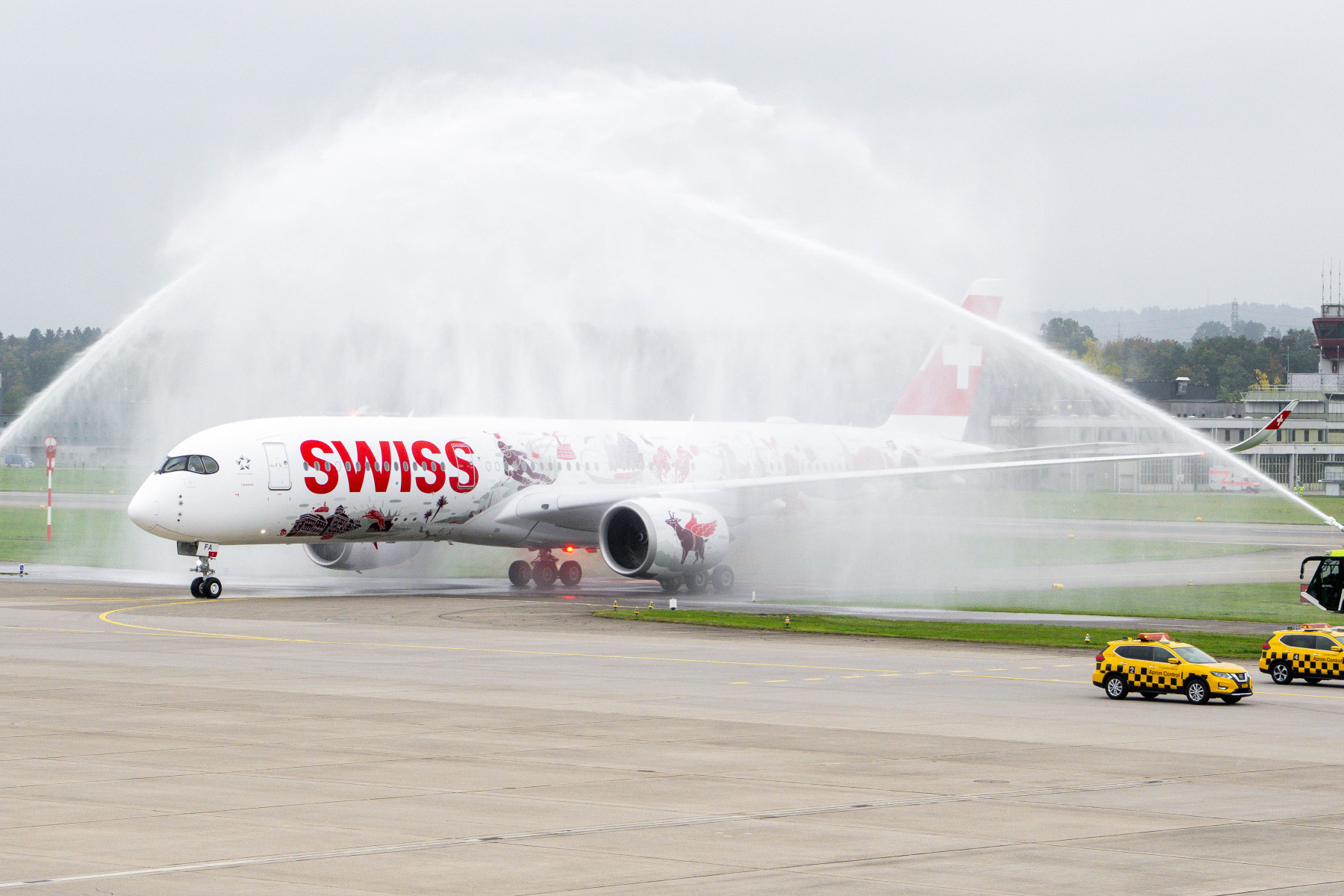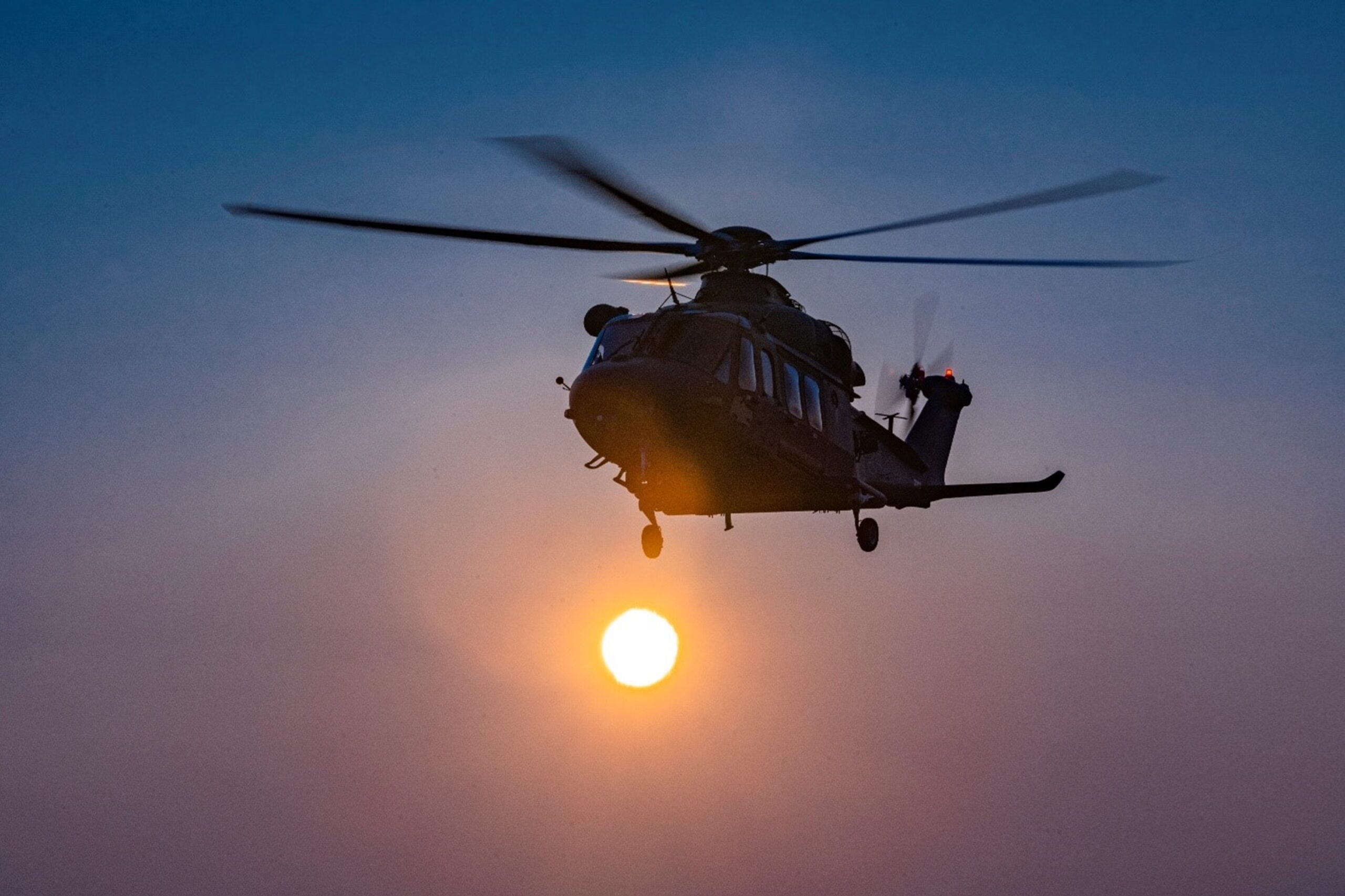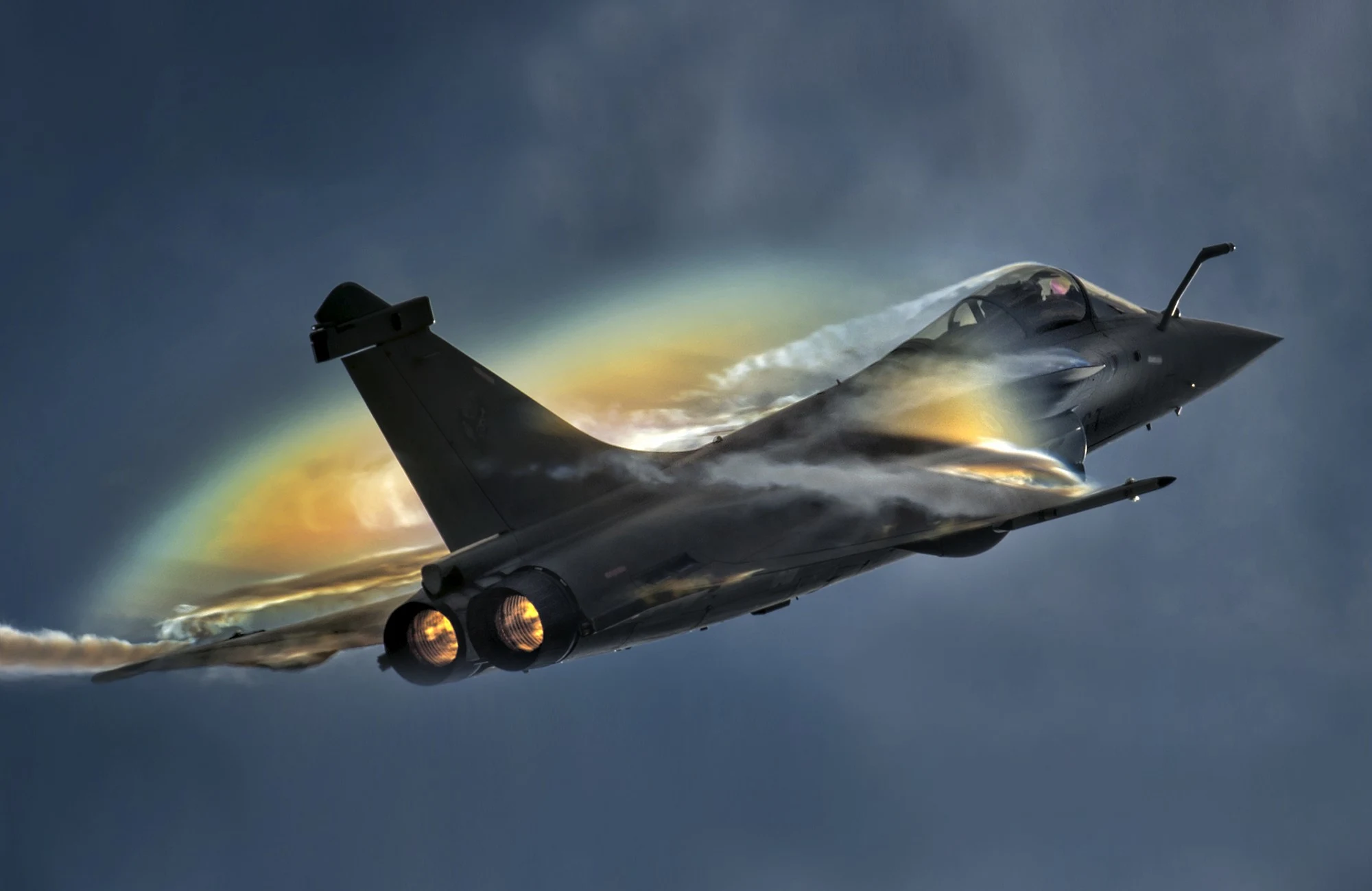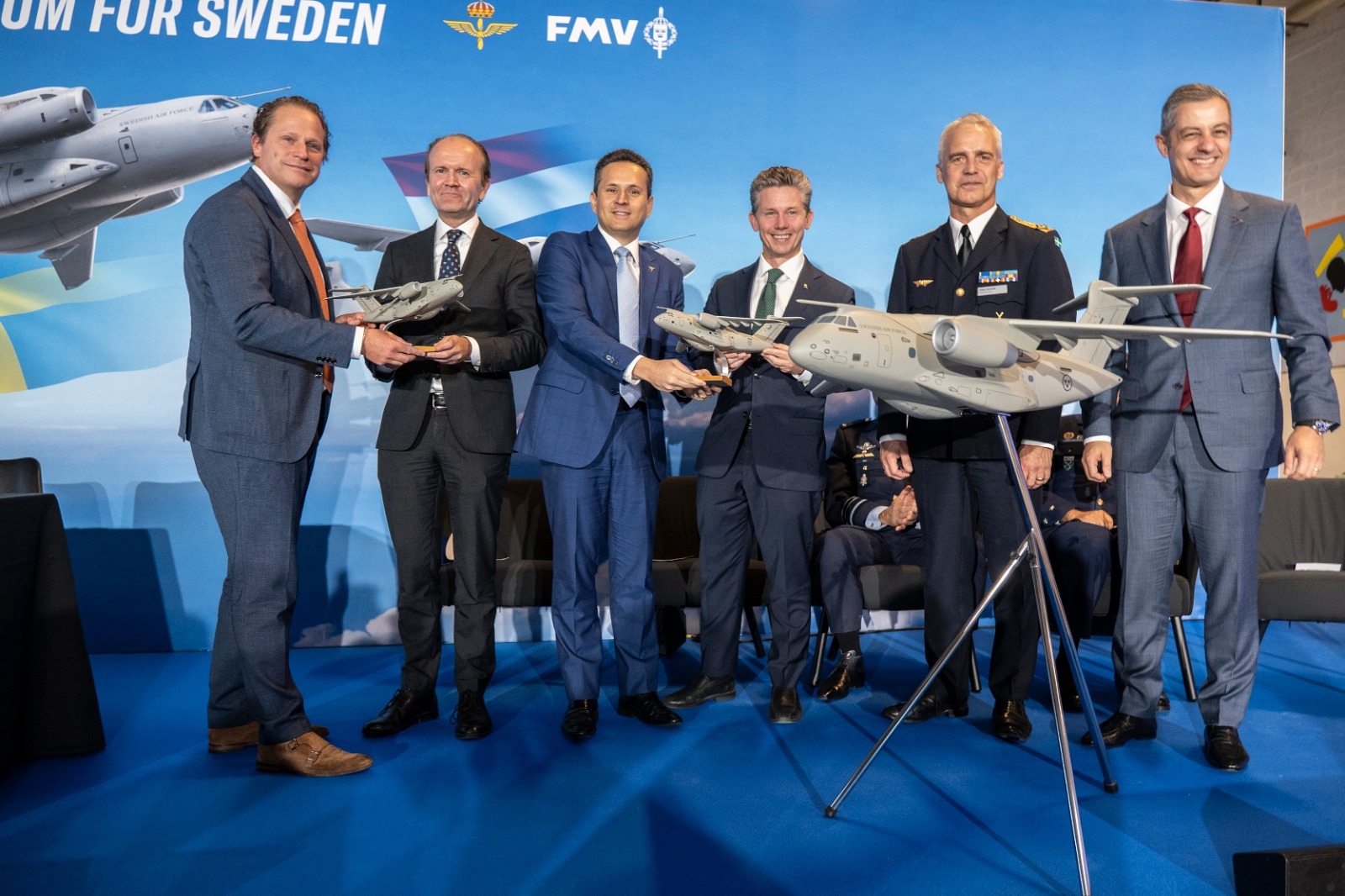Text & Photos; Alejandro del Prado & Pere Vilalta Torné.
On September 24th, a press conference was held at the TLP (Tactical Leadership Program) facilities at Albacete Air Base for exercise 2025-3. Around fifty people from various media outlets gathered to learn firsthand about the activities planned for the flight course to be held in La Mancha. NATO Tactical Leadership Program Colonel César Acebes Puertas welcomed us. Through a series of slides, he explained the history, present, and future of the TLP, as well as the new features planned for this course and the last one of the year. A significant milestone of this course, worth highlighting, was the first-ever presence of the F-35 in both its A and B versions, the latter being VSTOL (Vertical Short Takeoff and Landing).
The Tactical Leadership Program, better known by its acronym TLP, is one of the most prestigious combat courses offered in Europe (it has analogies and a similar approach to the American Red Flag, but on a smaller scale, with a smaller number of aircraft and personnel participating). The Tactical Leadership Program consists of various courses held throughout the year to train pilots from the different countries that are part of the TLP. They are trained in leadership skills development, mission planning, and tactical flight through conceptual and doctrinal initiatives, ultimately becoming solo leaders of real, high-capacity missions that may occur in a current scenario fraught with geopolitical tensions. In addition to leadership skills and capabilities to integrate multidisciplinary missions, previously acquired knowledge of the integration of the different weapons used by the different allied countries that make up and participate in the TLP is expanded. It should be made clear that these courses are not only flight-based, but also cover a range of theoretical training, such as the various theoretical courses, where practical training is done using the simulator (MACE). We detail some of the courses discussed at the press conference given by Colonel Acebes, such as:
– COMAO Synthetic Course.
– Intelligence Course
– Support Course, with an introduction to the COMAO course.
Also within these courses, the figure of the Chief of Rescue Mission (CSAR) is introduced, who often coincides with the Chief of the COMAO (multidisciplinary missions led by a leader and which include aircraft of various types from countries in the alliance that forms the TLP.
Participants in this type of courses that are developed in La Mancha lands must have as an essential requirement a minimum of more than 500 flight hours in their squadrons of origin, and the participating countries in each course have a minimum and maximum number of places available, which can be made available or given to other member countries based on the operational needs they have at the time of developing the course, which is why Albacete, being a large base with accommodation availability, has sometimes become small to accommodate the requests and interest in participating in these courses considered as an academic Master’s degree for combat pilots.
The requesting countries go through an evaluation committee, which assesses whether there is a balance of personnel and that not all of them are ground-attack or air-to-air combat wings, but rather that different means can coexist to make the scheduled exercises much more dynamic and attractive, as well as demanding.
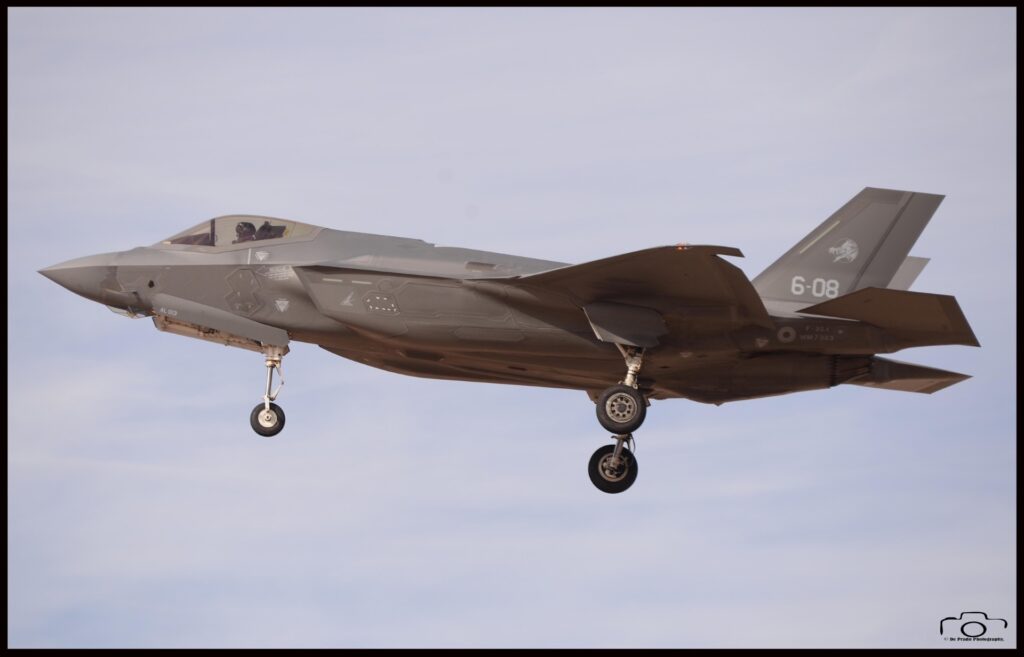
For TLP exercises, there are two sides: the red side and the blue side. The blue side will be the one that graduates and earns the coveted TLP GRADUATE patch, while the red side will be the opponent, or better known as the aggressor. As we mentioned previously, and as Time4Avia has been informed, this course has seen F35s from both sides for the first time, with 5th-generation aircraft participating in a TLP course. According to the TLP Colonel, this will be a common occurrence from now on.
Another particularity that must be clear to understand the Tactical Leadership Program is the relationship between NATO and the TLP. Although we might think that the participating countries are NATO members, this is not necessarily the case. Although this was previously the case, in 2011 the Letter of Agreement (LOA) was signed with AIRCOM, whereby the TLP became:
– In a NATO tactical doctrine laboratory.
– Improves allied interoperability.
– Support for NATO exercises by establishing tactical doctrine.
– Participation in joint seminars, creating operational synergies between allies by recreating potential real-life conflict scenarios.
Just as we collaborate with different organizations and institutions in other parts of the world.
In all TLP courses, in addition to pursuing the very purpose for which these courses were created, which is none other than excellence and leadership in inter-operative missions with member allies that comprise it, there is an integrative human aspect that is none other than relating the different pilots from the different participating countries, in addition to achieving, through psychology, to strengthen pilots in efficient decision-making and reinforce that leadership capacity for which the program was created.
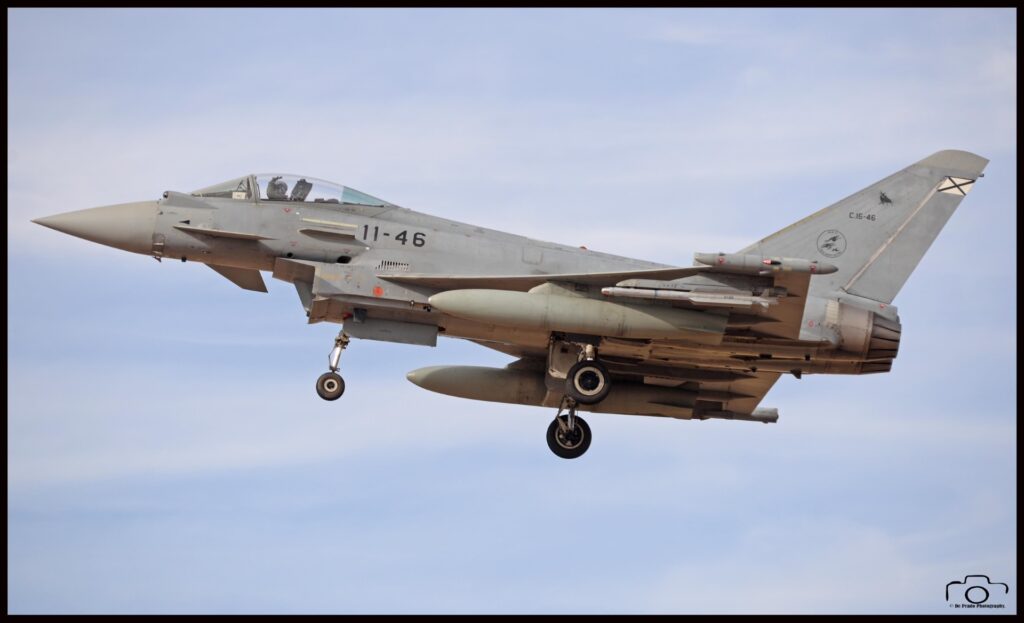
Participants in FC2025-03.
The daily program for this course, which ran from dawn to dusk, saw participants maintain a tight schedule, beginning at 9:00 a.m. with a briefing and planning of the day’s mission. Each time, a new mission leader departs. The aircraft depart around 3:00 p.m. to carry out the daily mission. Upon returning, around 7:00 p.m., a mission debriefing and reconstruction are held to identify possible errors or details that could be modified. At around 9:15 p.m., the mission leader draws the relevant conclusions, and the day concludes, ensuring that the crews have at least 12 hours of rest. These marathon days are dedicated to excellence in each of the students competing for the TLP graduate patch.
In this course the participating countries were Greece, Spain, France and Italy and they flew on the blue side;
– Greece: 2 x F-16V
– Spain: 2 x F-18 Hornet y 4 x EF-2000
– Italy: 2 x AV-8B, 2 x F-35A y 4 x F-35B
– France: 4 x Rafale M y 2 x Rafale C
And for the Red Side (Aggressor):
– Greece: 2 x F-16V
– Spain 2 x F-18 Hornet.
– Italy: 2 x AV-8B y 2 x F-35B
– France: 2 Rafale M
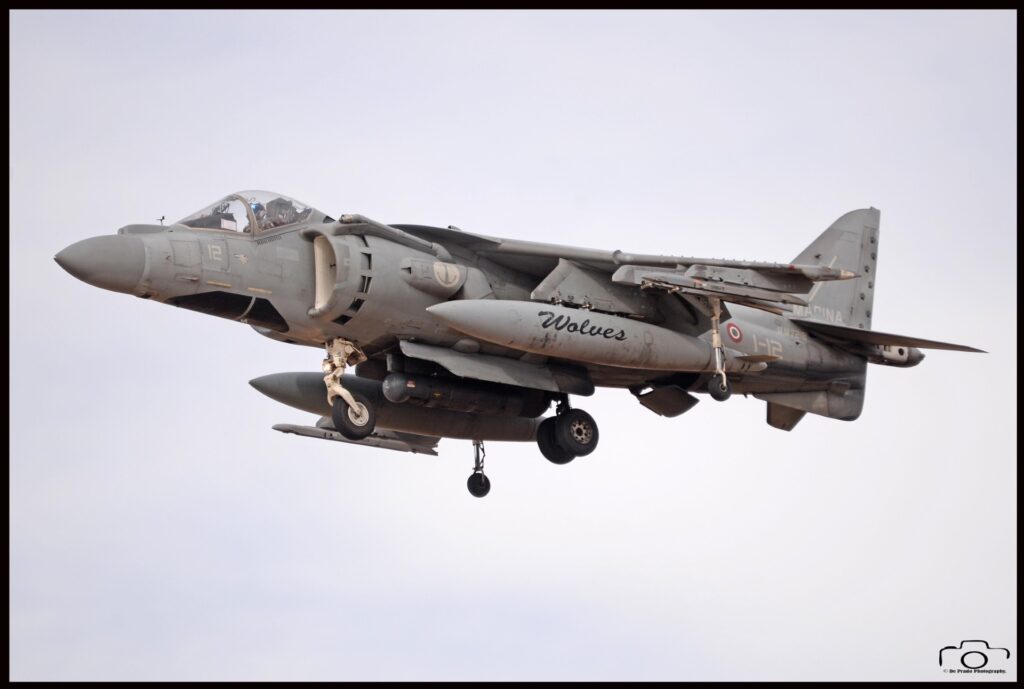
In this 2025-5 flight course they have been supported by an E-3F Sentry from the Air and Space Force, a P-72 from the Italian Aeronautica Militare, two American MH-60s, a C-130H from the Danish Air Force participating from its base for refueling, along with the flight of an Italian KC-767 and a French A-330 MRTT. Along with all these supporting weapons systems participating in the course, there was also the presence of an MQ-9A from the Talavera la Real base in Badajoz.
Interestingly, some Spanish Army anti-aircraft batteries were also activated for this exercise, using Nassam, Patriot, and Hawk systems to disrupt the missions and make them more challenging for the course participants.
In conclusion, the TLP appears to be enjoying good health in Albacete, as it is located in a privileged location, both in terms of climate and airspace, ideal for this type of exercise. With infrastructure and teaching staff constantly developing to maintain the excellence and capacity the program demands, we hope to continue enjoying it in future editions.
We would like to thank all the staff of the Tactical Leadership Program located at the Albacete Air Base for providing Time4Avia with the assistance needed to complete this article.


